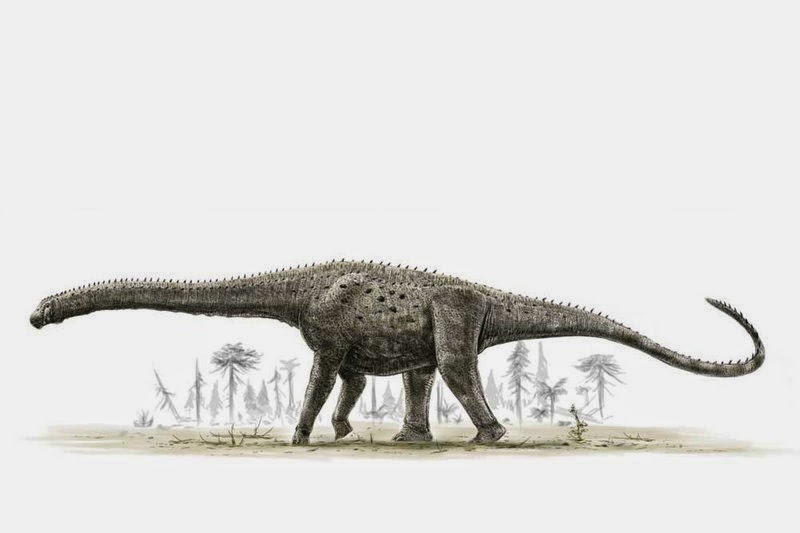Another smartwatch? You mean the big square device that a few people wear that links to their phone and lets you do a few tic tac stuffs? You seriously don’t mean those awkward looking space-age watches? Do You?
No we Don’t. Bring in Kairos Mechanical Smartwatches,
Confused eh? Mechanical and smart? Well that’s where classy smart comes in.
This is Not just another smartwatch. The Kairos is a traditional mechanical
watch - you know, the type with actual moving gears and a 46 hour self-winding
movement - merged with a transparent colour OLED display.
So simply put, that means it serves the best of both worlds –
a handsome design and also useful functions and notifications.
As a watch fan, I’ve seen them all in their full glory, the
Fossils, The Rolexes, The Omegas, Tissots (PS: I haven’t necessarily owned them
all if you’re wondering) down to the uber modern GShocks but I’ve never made up
my mind on a Smartwatch. Maybe because it just seems to out of the way to have
a big square black slab on my wrist that well, looks anything but a watch. So Now I see the Kairosii, this is where the
watch and the smartphone start mating!
Created by a team of Engineers, designers and entrepreneurs
these watches feature a standard automatic mechanical watch behind a tinted
crystal that can show notifications right on the surface.
So how does it work? How well does it work?
The mechanical portion is a standard Miyota Japan 82S7
movement, a manual-wind/automatic mechanism that you can find in many non-Swiss
mechanicals. The crystal, however, uses a semi-transparent TOLED QVGA screen to
display notifications and icons right on the crystal. Another simpler display
system will show dot matrix letters along the bottom and light up bright icons
that will help maintain battery life.
One of the founders, Sam Yang said, “The functions are very
similar to Samsung’s smartwatches or Pebble’s. You can see notifications,
remote control functions, fitness tracker info etc. The major difference is that
it comes with a transparent display.”
Yang started his first company at 17 building remote
starters for cars and then built a fashion brand management business in Korea.
This is his latest venture and marries his love of hardware for his passion for
fashion.
“As a watch enthusiast, I wanted to create a smartwatch that
other watch enthusiasts would want to wear proudly,” he said. The other three
founders include Ken Yoon who worked at Renault, Kyo Young Jin, late of Samsung
and LG, and Gabriel Gonzales, a firmware programmer. Frederic Weber built the
mechanical parts of the watch. Weber is a Patek Philippe trained watchmaker and
marketer with roots in the Swiss watch industry.
But why put a mechanical movement into a smartwatch? Because Yang can.
“So we actually started out by saying ‘Ok, we’ve got this fancy Swiss Watch. How can we make this into a smartwatch?’ That’s how it started,” he said.
“In terms of numbers, last year alone, it was reported that 1.9 million smart watches were sold. In contrast, 1.2 Billion units of regular watches were sold worldwide. 77% of them were mechanical movements, and 29 million of them were Swiss Made,” he said. By connecting the old and the new world, Yang and team hope to change the way people think about wearables.
The company raised a seed round with investors from the banking industry and are doing a Series A with companies based in Singapore and Hong Kong. They’ve pre-sold 500 watches and they start at $499 for preorders.
Transparent OLED? What is this, 2029?
We've actually seen quite a few examples of transparent OLED screens in the past. Samsung unveiled a smart window at CES, and Microsoft's shown off an impressive transparent 3D display too.
Transparent OLED displays have clear components (namely substrates, cathodes and anodes) which, when turned off, provide up to 85% transparency.
When a transparent OLED screen is turned on, light is able to pass through it in both directions, overlaying the on-screen information over whatever is behind it. In this case, that'll be the watch face.

Specs Sheet:
Smart watch components:
Connection:
Bluetooth BLE (4.0) Display: TOLED RGB Full color (36mm x 1mm) 40% transparency OR ICON Type Transparent Display (Static icons, Numbers & English text only) 60% transparency Sensors: Touch sensor, 3 axis accelerometer w/ gesture detection, Gyroscope Processor: Arm Cortex M4 / Intel (TBD) Battery: 180mAh (5-7 days)
Battery power is expected to perform better than
competitors due to the fact that power is not consumed in order to
"display time". Power is only consumed when alerts are pushed
through to the watch.
Charging:USB charging cable with magnetic connector Operating System: Kairos OS (Compatible with IOS + Android) Optional: Android Wear OS |
Mechanical watch components:
Dimensions:
Case: 46mm diameter x 16.5mm height Band: 22mm wide (replaceable) Movement: MSW 115: Miyota 82S7, 42 hour power reserve, 21600 bph, 21 Jewels. Automatic movement. SSW 158: Soprod A10BV-2 Swiss Automatic Movement, 28800 bph, 25 Jewels, 42 hour power reserve Materials: 316L Stainless steel, Genuine leather band, Crystal Sapphire Glass Water Resistant 3 ATM |
Most of these projects fizzle out, but given the experience of the team and the simplistic design, this thing might just come to where Smartphones meet Watches. We'll be keeping a close eye on Kairos, hoping that it'll live up to the hype it's rightfully earned itself.












